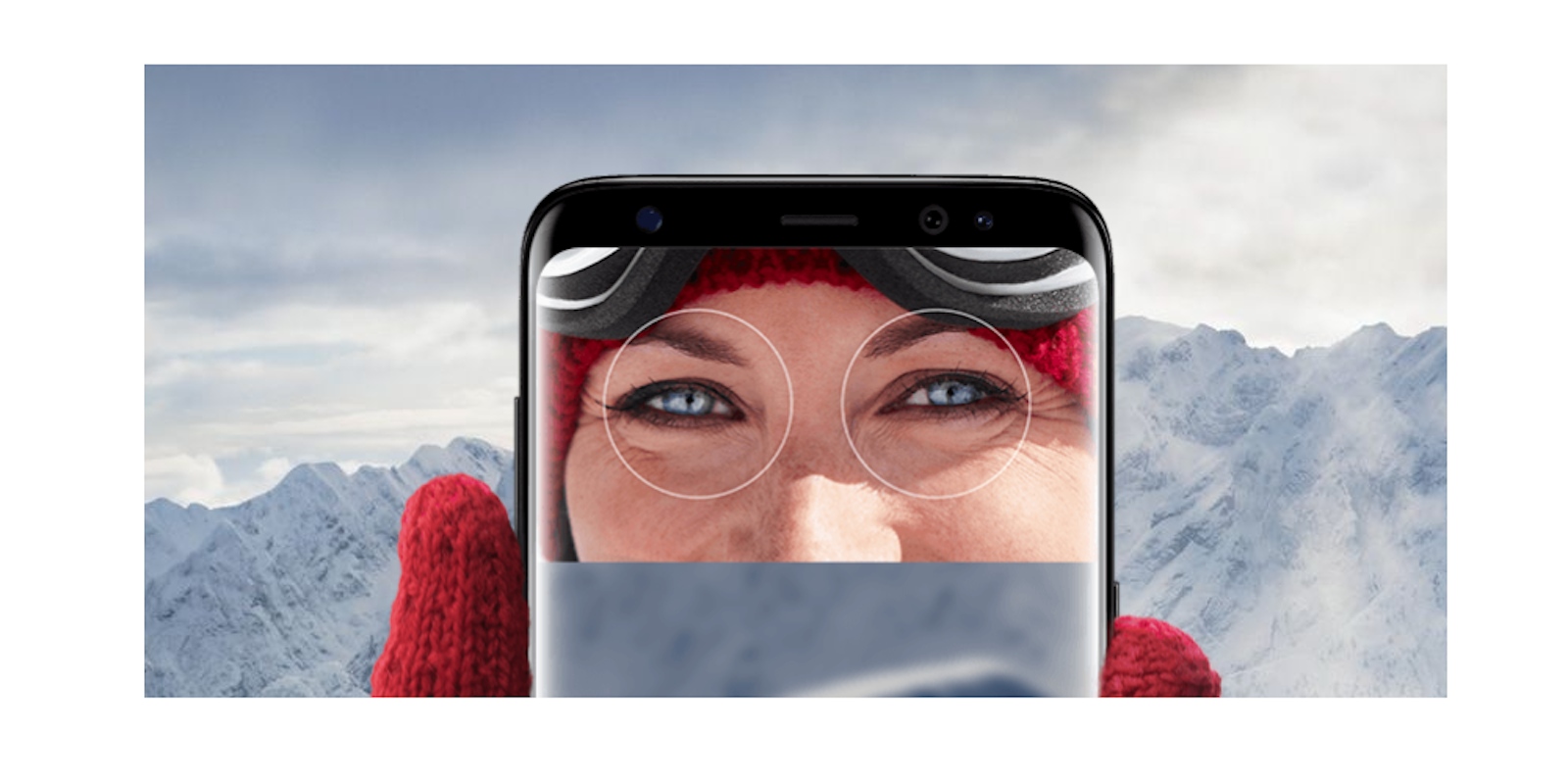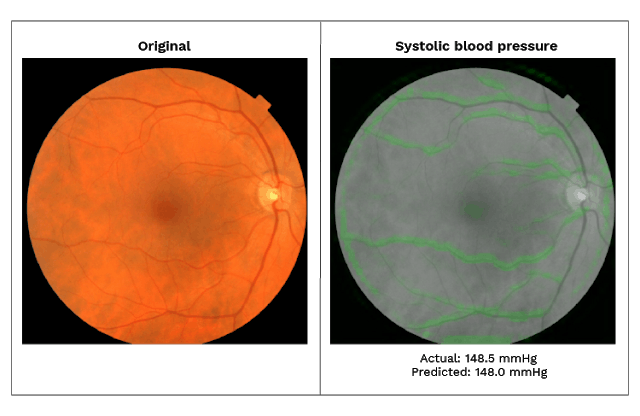The eye may be the window to the soul, but perhaps more importantly, it’s also a window into your health. Researchers from Google and Verily, its health-tech division, have developed a new way to deduce a person’s chance of heart disease using your eyes and machine learning. By looking at the data obtained from scanning the back of a patient’s eye, the software can potentially detect heart disease without requiring a blood test.
The software-based method, described in a paper in the Nature journal Biomedical Engineering, can look at scans of the blood vessels at the back of the eye and accurately predict a person’s age and blood pressure. It can also tell if they smoke or not. These factors can then be used to anticipate the risk of a major cardiac event like a heart attack.
To train its algorithm, Google and Verily researchers used medical data (eye scans and general medical stats) from 300,000 patients. Once trained, they tested the method by having it look at two eye scans: one normal, and one from a patient who suffered a cardiac event within five years of the image being taken. While the methodology needs further testing, it’s apparently at least as accurate as current methods of assessing the risk of cardiac events. The algorithm was able to accurately identify the scan belonging to the person susceptible to heart disease 70 percent of the time, which is on par with a method used today called SCORE.
Google’s identification method is unique because the AI trained itself to find the pattern used to identify heart risk in the images. That is, it used known data and then found new, useful ways to look at it. The implications of this sort of achievement are huge. At some point in the future, AI could be used to identify hosts of different illnesses, without requiring a ton of time-consuming human input.
Already, separate studies conducted by Apple and health startup Cardiogram have successfully used machine learning to identify sleep apnea, hypertension, and diabetes using heart rate and activity data. Finally, all that big data tracking is starting to pay off.
H/T the Verge

